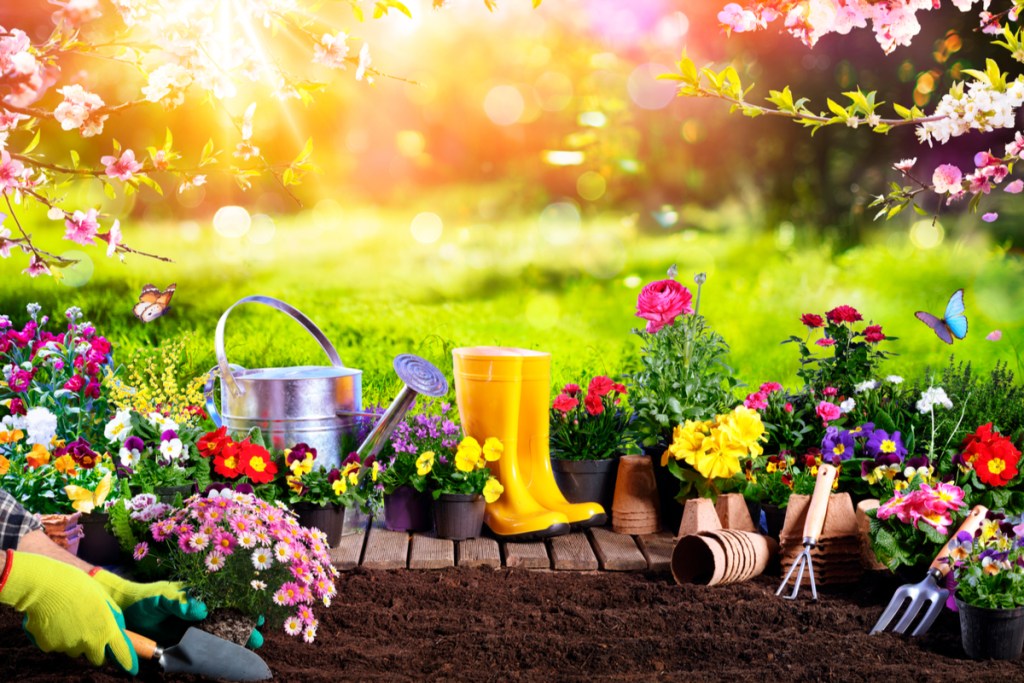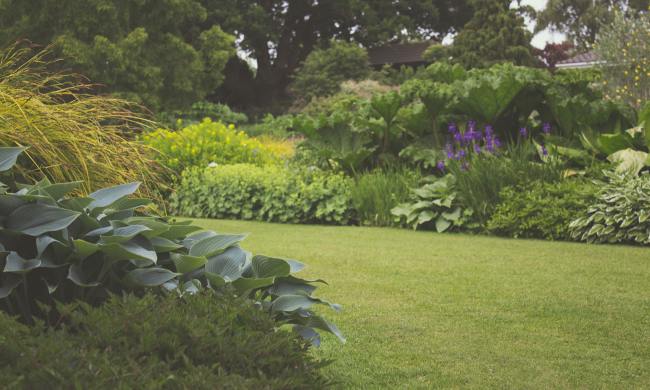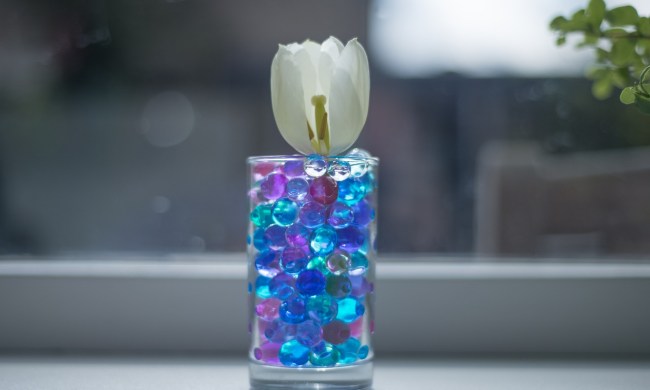Spring is in full bloom! The days are getting longer, the sun is shining brighter, and people are already thinking about pulling out their beach chairs and discussing summer planting ideas. In just a few short weeks, we will be in summer and that means lots of gardening and harvesting. However, not all months are created equal for planting certain crops. Also, maybe you haven’t begun planning your garden and are wondering when is the best time to start.
While each area of the country has different planting start dates, you can still find general tips for wherever you live.

When to plant
You might have heard the saying, “Timing is everything,” and for planting a vegetable garden that is even more true. Figuring out the correct time to place seeds in the ground and when to plant outdoors is crucial. Picking the correct month or two can make the difference between a bountiful harvest and a sad harvest. While there are general rules for when to begin a vegetable garden, each state obviously has different temperatures throughout the year. To be entirely accurate about the exact timing for your garden, check out the USDA Hardiness Zone Map. This map divides North America into 11 separate zones, with each zone having an average temperature of plus-or-minus 10° F. to the next zone. This is why start dates for a vegetable garden are so different depending on where you live.
With that out of the way, let’s get right down to business about the months of the year.
Begin in May
In general (again, check the Hardiness Zone Map), the best month to really start planting is May — but you can still start now. Before this time, the weather is too cold or too unpredictable to begin major planting. However, in May, you can finally start taking advantage of warmer temperatures, longer days, and fairly moist soil to do the majority of your remaining plantings. Make sure to resist the temptation to plant more than you can take of.
- Preparation: Some crops love the heat like tomatoes and peppers. During May, check the soil temperatures to make sure that the readings are reliably above 70° F. During this time, watering becomes crucial, so make sure you have the proper gear to thoroughly water your garden; as the temperatures rise, the moisture will disappear.
- Plants: You can begin planting many early-season crops, such as tomatoes, squash, melons, eggplants, peppers, sweet corn, cucumbers, potatoes, and herbs. Properly water and add mulch to any new plants. If you are choosing to grow plants directly in the ground in the garden, start with plants such as carrots, beets, and radishes. However, don’t mulch these plants until the seedlings are above the ground several inches.
- Maintenance: This step is easy; simply follow the instructions on the packet for your specific crop. It will tell you the proper spacing and maintenance tips. In general, watch out for insect damage on the leaves (is it missing stems or do the leaves have holes or pits?). If you spot any damage, control the area by snipping off any affected leaves, installing a row cover to create a barrier, and/or spraying with an organic pesticide. You can also head to your local garden center for advice on how to deal with insects.
- Harvest: If you already planted cooler-season plants, such as asparagus, peas, and spring greens, then now is the time to harvest them. For the vegetables you have already planted, you will begin seeing the fruits of your labor around July.
Final thoughts
It can be difficult to know when to begin planting certain vegetables for the summer. Each vegetable requires different temperatures, such as peas that like the colder months versus tomatoes that love the heat. However, by following our tips, you will have bountiful harvest in no time. Don’t forget to check out the Hardiness Zone Map as well as visit your local garden center; they can point you in the right direction.



